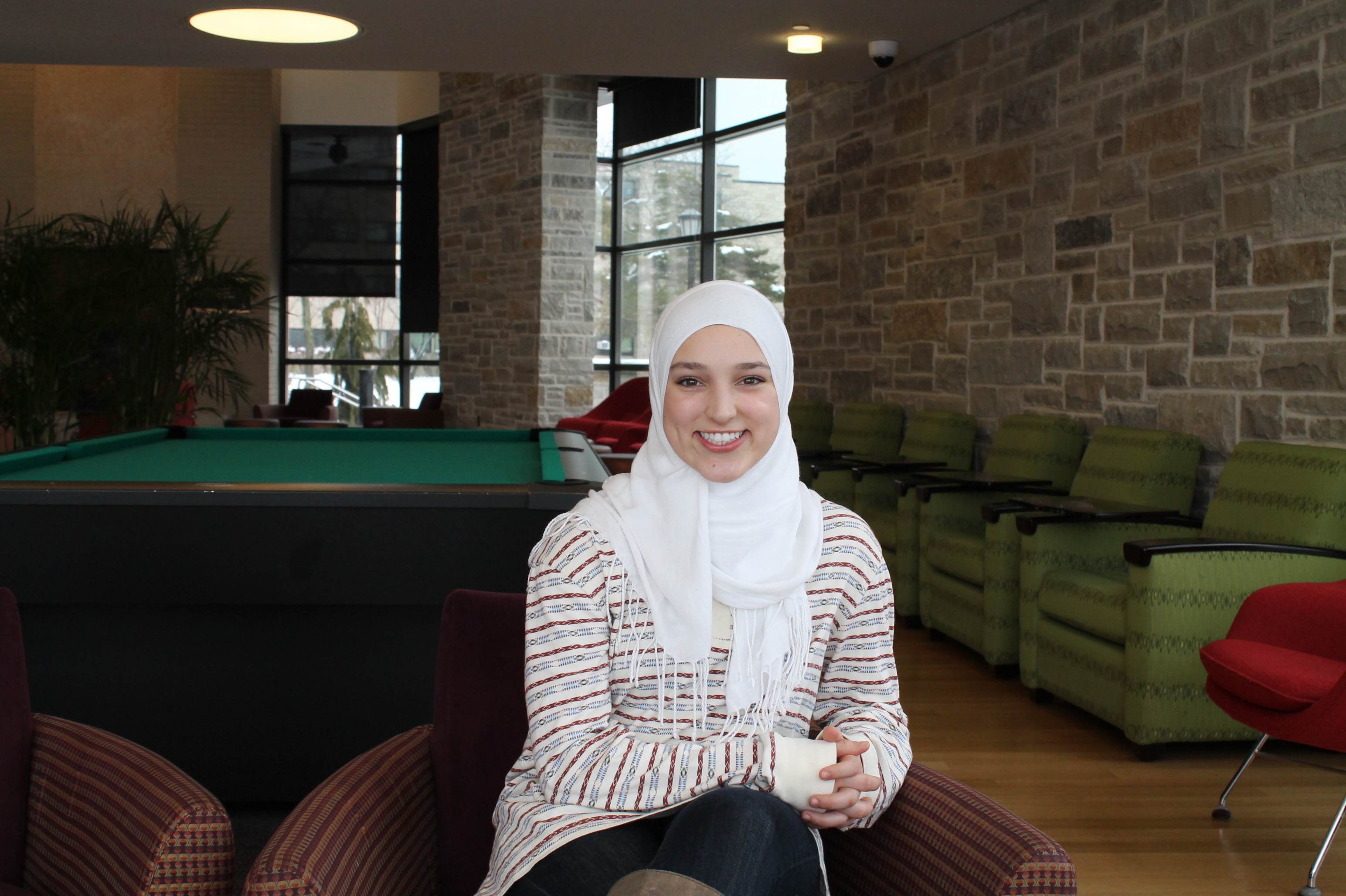Celebration of Scholars
The Role of Behavioral Inhibition in Anxiety Vulnerability
 Name:
Angeliemarie Soto
Name:
Angeliemarie Soto
Major: Psychology
Hometown: Milwaukee, Wisconsin
Faculty Sponsor:
Other Sponsors:
Type of research: Independent research
 Name:
Sohayla Horani
Name:
Sohayla Horani
Major: Neuroscience
Hometown: Portaland, Oregon
Faculty Sponsor:
Other Sponsors:
Type of research: Independent research
 Name:
Victoria Klingensmith
Name:
Victoria Klingensmith
Major: Biology and Neuroscience
Hometown: Marinette, Wisconsin
Faculty Sponsor:
Other Sponsors:
Type of research: Independent research
 Name:
Anna Williams
Name:
Anna Williams
Major: Psychology
Hometown: Oconomowoc, Wisconsin
Faculty Sponsor:
Other Sponsors:
Type of research: Independent research
Abstract
Behavioral inhibition (BI) is a personality trait characterized by avoidance of novel or social challenges. BI is a key vulnerability factor for development of anxiety and stress disorders. Prior research has shown that individuals with high BI acquire learned tasks more rapidly (e.g., Holloway et al., Frontiers in Beh. Neuro, 2012). Our study examined increased stress activation and BI in the context of a simple motor task, mirror drawing. Participants completed several questionnaires designed to categorize individuals regarding behavioral inhibition. They also provided salivary samples to test the activation of short and long term stress hormones. Participants completed three trials in which they traced a six pointed figure with a stylus while viewing the image in a mirror. High BI participants made more errors on the first trial but then demonstrated the greatest improvement across all three trials, indicating initial anxiety and enhanced conditioning.
Submit date: March 14, 2013, 11:09 p.m.
